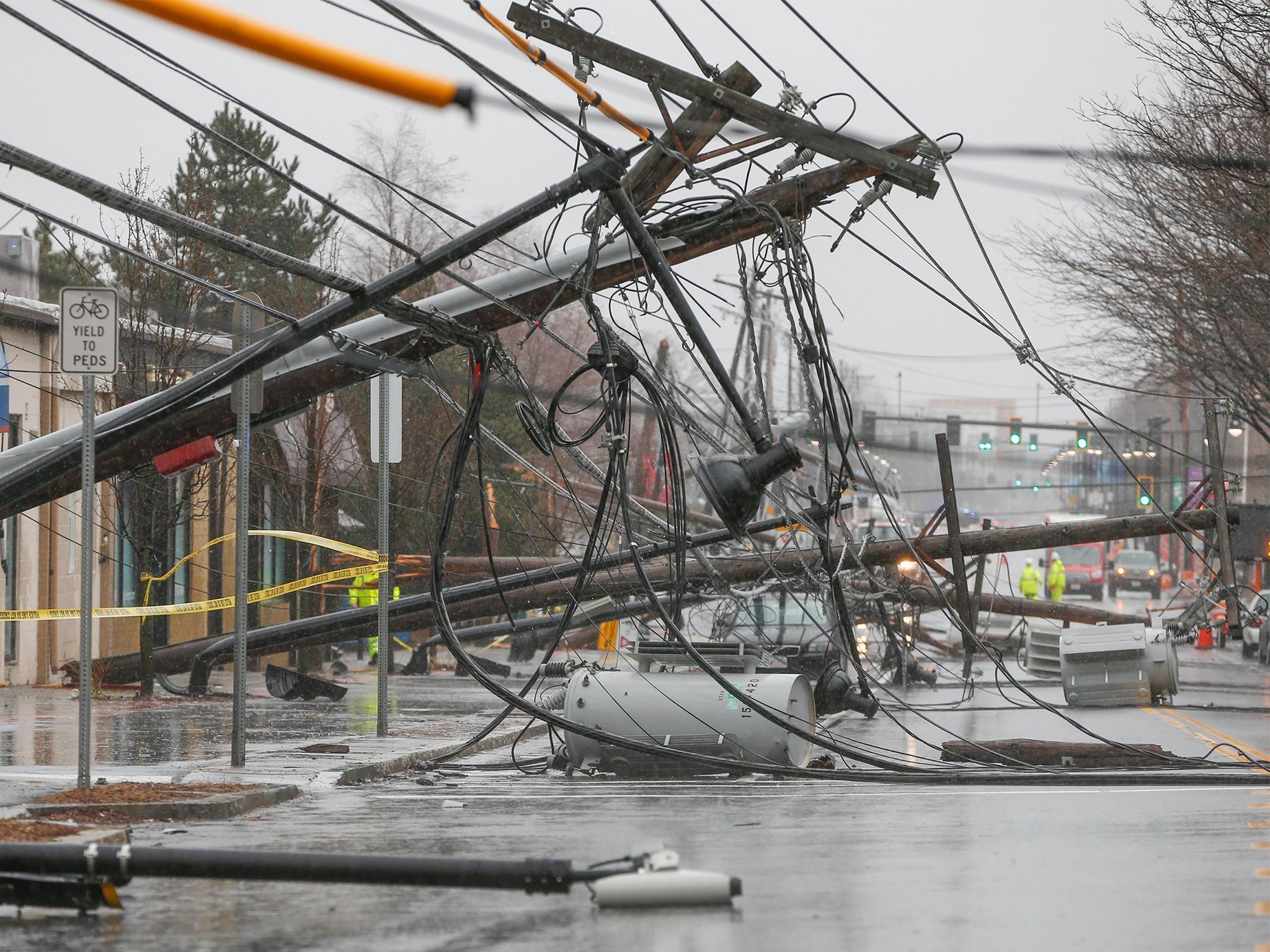



The more there are, the higher the compression ratio. During unpacking, as many files are reconstructed from it as were packed into the archive. Instead of compressing many identical files individually, the zip bomber uses one “kernel” (compressed contents of a file) for all of them. This is achieved through overlapping files, a technique proposed by U.S. But in the case of a zip bomb, it can reach millions to one. For a regular archive, this value does not exceed 1032 to one. Non-recursive bombs are characterized by a very high data compression ratio. Recursive zip bombs also include zip quines - archives containing a copy of themselves, resulting in endless unpacking. It is just 42 kilobytes compressed, but after unpacking all the layers its size increases to 4.5 petabytes (4.5 million gigabytes). A classic example of a recursive bomb is 42.zip, a file consisting of six layers of nested archives. An attack using such a file succeeds only if the attacked program supports recursive unpacking. Recursive bombs contain multiple nested archives that are unpacked one after another. Usually such an effect is the result of the large difference in size between the compressed and decompressed data. KasperskyPremium Support and Professional ServicesĪ zip bomb (aka decompression bomb, compression bomb, archive bomb, or zip of death) is a malicious archive file that can disable a program or system when unpacked, because processing it requires too much memory or puts an excessive load on the CPU.KasperskyEndpoint Security for Business Advanced.KasperskyEndpoint Security for Business Select.– The articles in the Vulnerabilities and Hackers section is devoted to the topic of software vulnerabilities and how cybercriminals exploit them, as well as legislation and hackers in the broad sense of the word. – In the Spam and Phishing section, you will learn about phishing and spam mailings, how their creators earn money from them, and how this type of threat has evolved since the 1990s to the present day. – The Detectable Objects section gives detailed information about malicious and potentially dangerous programs that we protect users against every single day all around the world, as well as advice on what to do in case of infection. The Knowledge Base now has three main sections: In the Knowledge Base, you will find various articles about common threats, a general classification of malware and unwanted messages, and a brief historical overview of the evolution of these and many other threats.


 0 kommentar(er)
0 kommentar(er)
